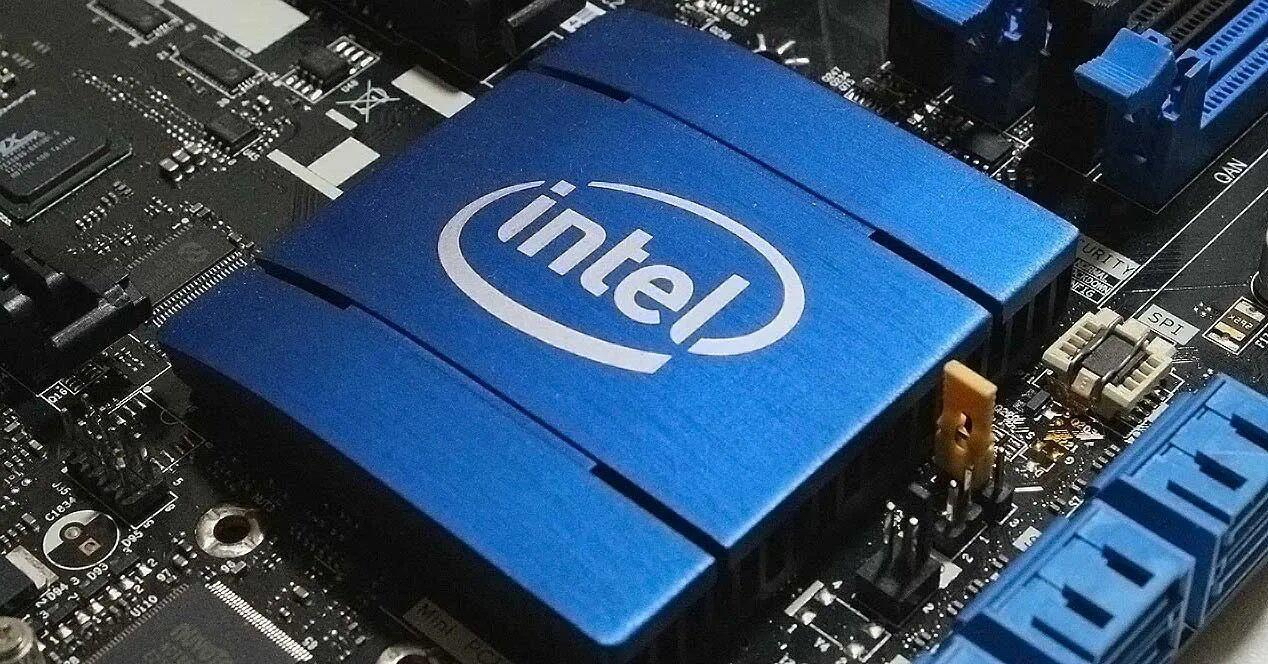All the plans of Intel, Samsung and Tsmc on chips

Chips have now become a commodity in their own right, of enormous strategic importance. Analysis by Arnout van Rijn, CIO Asia Pacific at Robeco
Chips have now become a commodity in their own right that will prove fundamental for renewable energy, the electrification of transport and smart grids. The sector has been in a state of stasis for several years, after the Covid pandemic depressed demand and caused a collapse in prices.
Now both supply and demand are expected to be boosted by a combination of factors, including the prospect of massive new production facilities. This aspect makes chips an ideal bet for multi-asset strategies, which adds to their growing importance in tailor-made sustainable investment products.
In the last 12 months, chip manufacturers have achieved a rise of around 30%, significantly outperforming global stock indices (+18%). The Philadelphia Semiconductor Index (SOX) recorded an even greater gain (+40%).
The crucial importance of supply discipline
As “bit demand” (the total computing power of chips) growth fell to single-digit levels in 2022 and 2023, after expanding by more than 20% in 2020 and 2021, the discipline of supply played a decisive role.
A solid recovery in demand is expected in 2024, supported by the ongoing positive trend in the PC market, the resumption of server growth and the wave of enthusiasm for artificial intelligence (AI), which alone is likely to increase global demand for bits by 5%.
The main cause of the 2023 rally is to be found in optimism regarding 2024, although we have recently witnessed a setback in the sector, due to the reabsorption of some Covid-era imbalances which led to a weakening of pricing power of companies able to ship the chips.
The role of chips in the energy transition
Semiconductors are an important driver of innovation and are essential for the energy transition, being fundamental components of solar panels, electric vehicles, inverters and storage devices.
Semiconductors have many characteristics similar to those of raw materials or commodities, such as market listing, fungibility, standardization, liquidity and trade on global markets. However, unlike mining or agricultural commodities, semiconductors are man-made and, as complexity and design features increase, they no longer constitute a homogeneous market. Anyone can produce DRAM, but only one company can produce a graphics processing unit (GPU) that powers AI.
Furthermore, an important new feature of semiconductors as commodities is their historical relevance. Wars were once fought over gold, copper and iron ore. Today, in addition to the risk of wars over lithium and cobalt needed for battery production, there are also strategic tensions and trade wars between the United States and China over (access to) semiconductors.
We can safely say that semiconductors are essential goods for the world economy. They are considered goods of strategic importance for future economic development, but today most production is concentrated in Asia. The United States and Europe occupy a marginal position, but at least Europe has the trump card of being at the forefront of the lithography needed to facilitate further miniaturization.
Inevitable international tensions
With this growing market power, semiconductors will inevitably become the subject of international tensions. Now that free global trade is no longer a given, major economies want to be independent in securing their own supplies not only of energy, but also of chips.
It is risky to entrust chip production to an outside party, especially to a manufacturer from Taiwan, an island claimed by China. Politicians have finally realized this vulnerability and have come up with big plans to reduce it. European and US authorities have started to offer large subsidies for the construction of foundries on their national territory.
This is demonstrated by the European Chips Act , which came into force last month, which aims to invest over 43 billion euros with the ambitious aim of returning to a 20% market share in global chip production from the current level of 10%. , most of which are low-end chips.
The US Chips and Science Act is more geared towards preventing advanced chips from reaching China, but even then foundries are incentivized to produce cutting-edge chips in the US. Of the three most advanced foundries, Intel plans to build two factories in Germany at a cost of 30 billion euros, including 10 billion euros in grants, while TSMC will invest $40 billion in two factories in Arizona by 2026. Samsung will invest 17 billion dollars in a factory in the United States, but has no plans for Europe yet.
An above average premium
So, should you bet on chips without hesitation? It is not easy for thematic investors to evaluate the short-term prospects, because a recovery could already be discounted in prices, pricing power due to the scarcity of supply has passed its peak and multiples based on turnover have increased. The long-term strategic importance of the industry, however, clearly justifies a higher than historical average premium for businesses that have defensible intellectual property.
Finally, with the evolution underway at a global level, which makes chips a commodity of strategic importance, we believe the creation of a memory chip futures market is desirable. By virtue of its differential cycles, such a market would offer significant diversification benefits. It could also offer insurance against further geopolitical upheaval, as oil once did.
Although many factories use huge amounts of demineralized water, memory chips have a smaller carbon footprint than oil due to their silicon-based nature.
This is a machine translation from Italian language of a post published on Start Magazine at the URL https://www.startmag.it/innovazione/chip-commodity-strategica/ on Sun, 29 Oct 2023 06:32:11 +0000.
